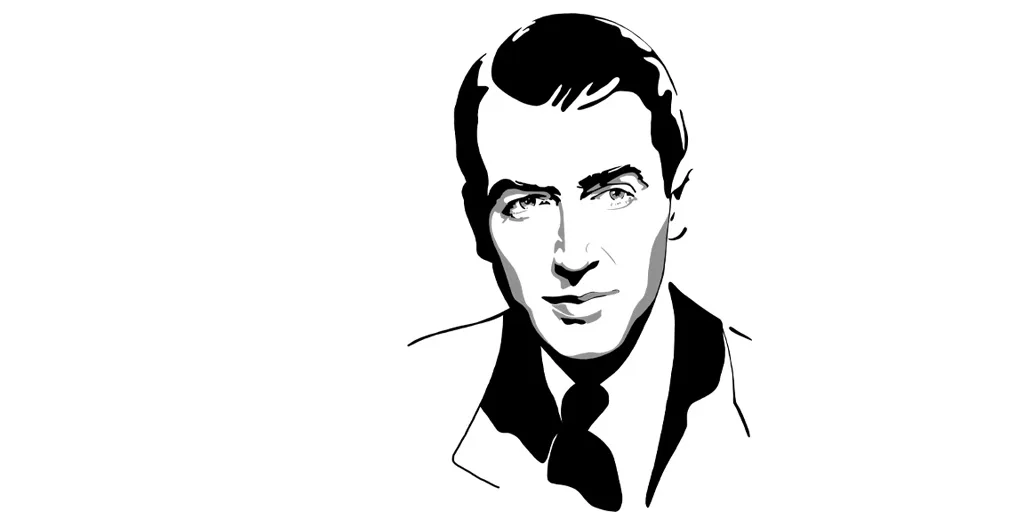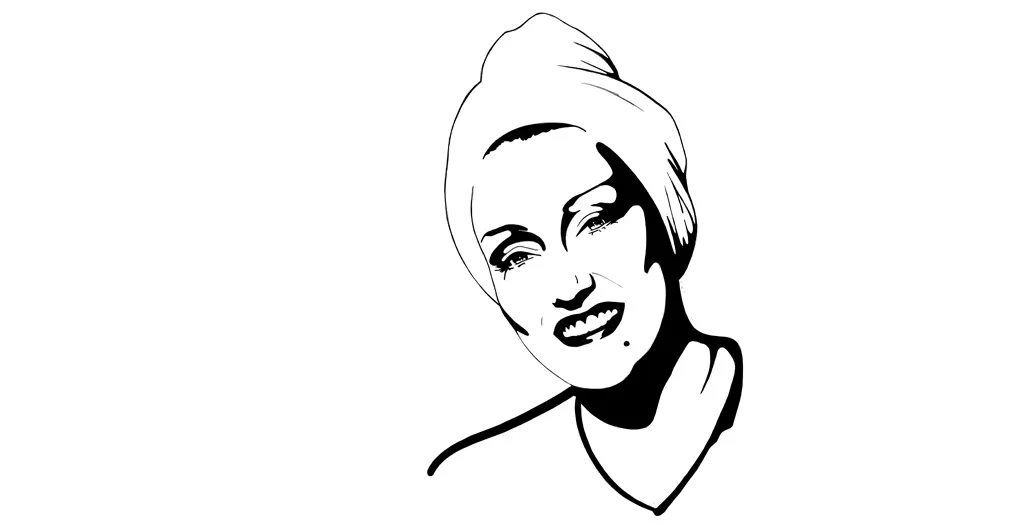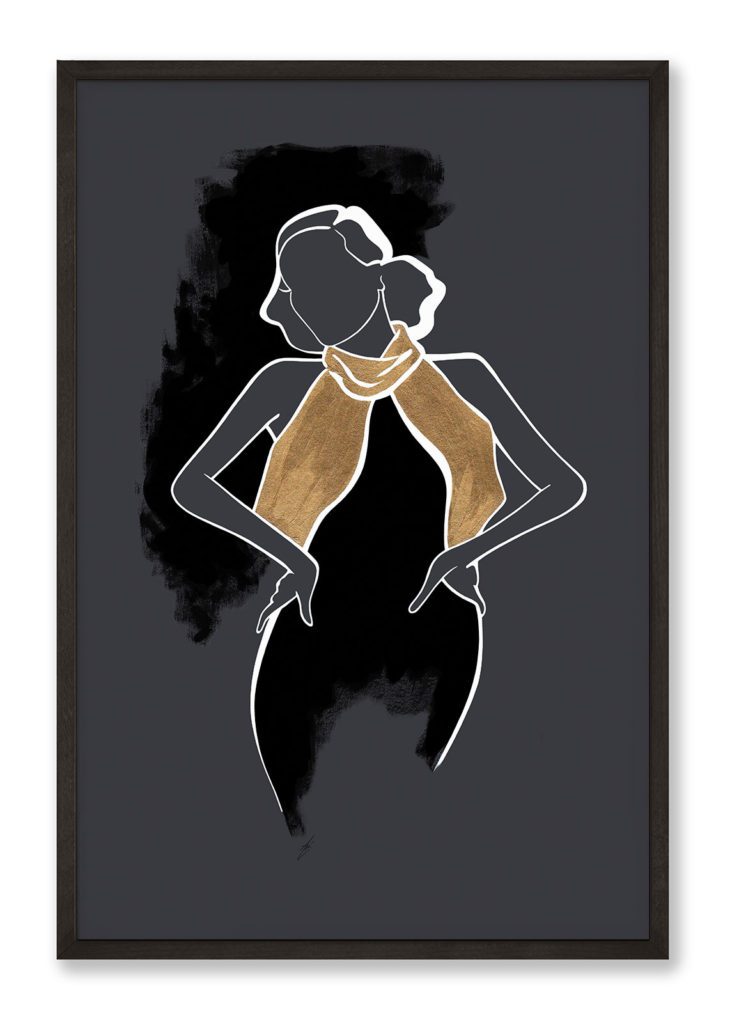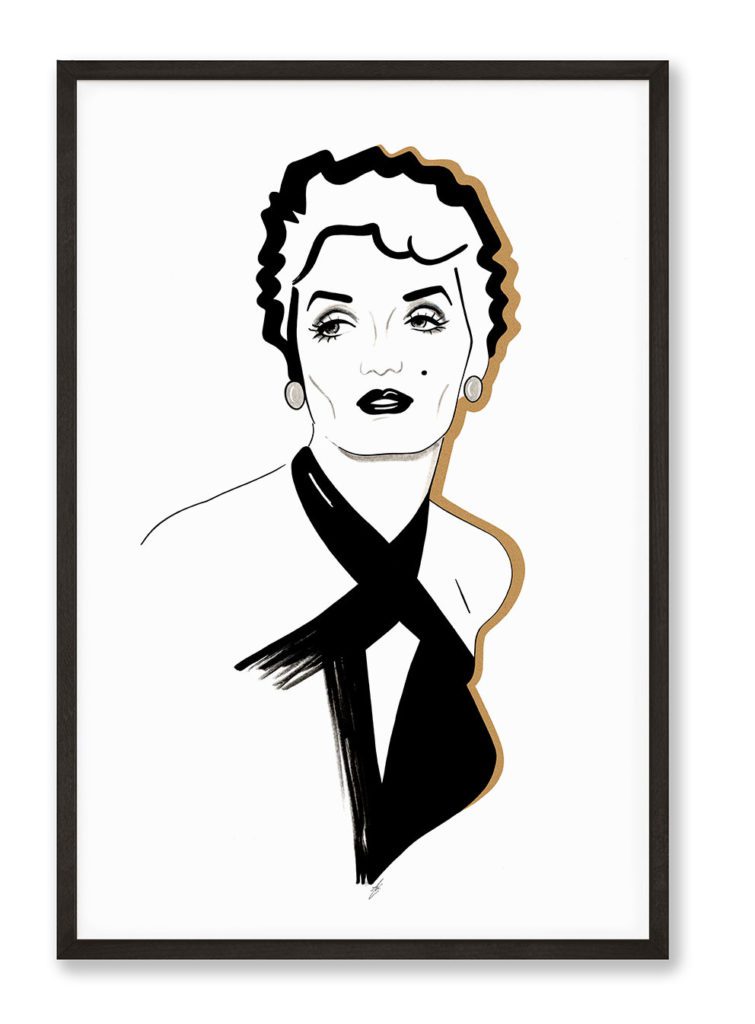Ginger Rogers
The Dancing Girl Next Door
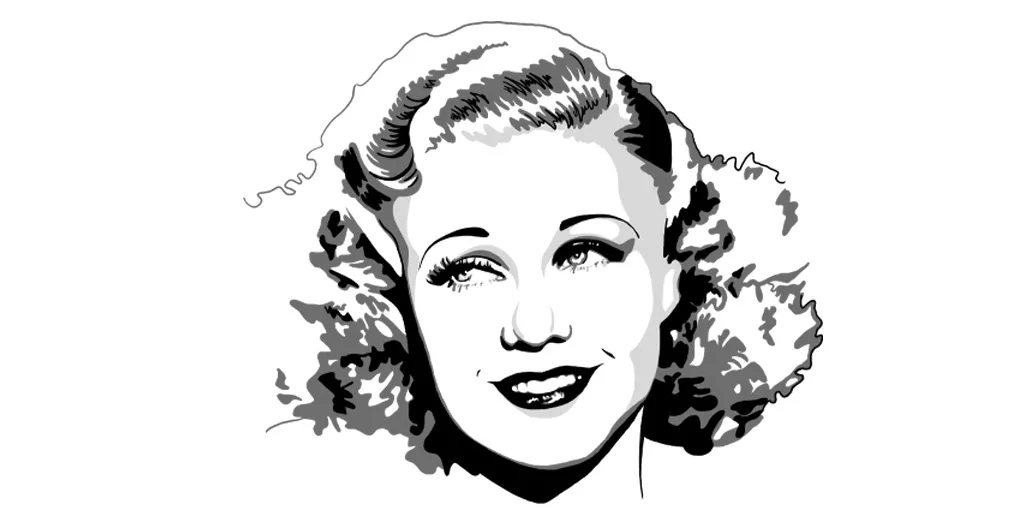

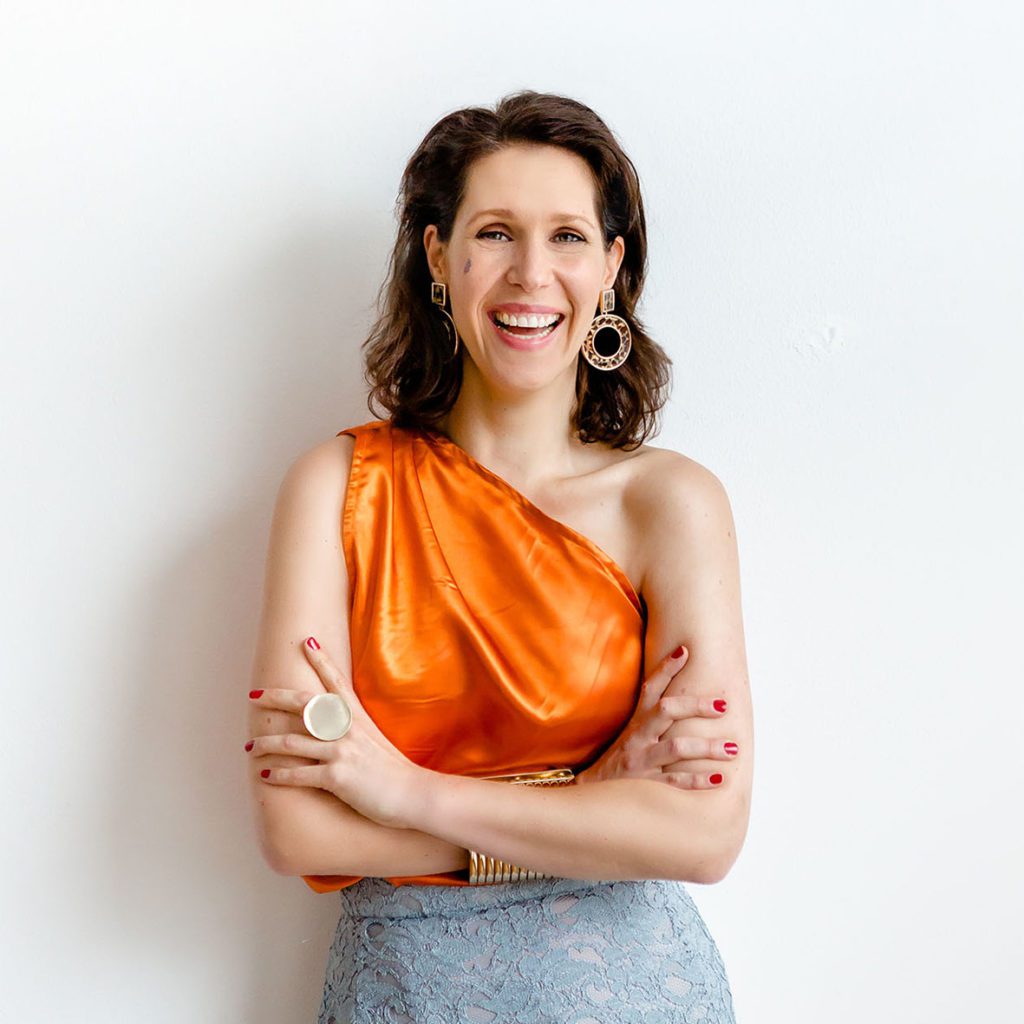

Hi, I'm Kate!
What I am most passionate about is to inspire you to see that your life is your own and biggest masterpiece.
Ginger Rogers is famously known as the dance partner of Fred Astaire – but she was so much more. She was one of the most successful actresses of the 1940s, received an Academy Award as Best Actress and had a long career in the movies, Television and Broadway.
LISTEN TO THE PODCAST
SUBSCRIBE TO THE PODCAST
Beginnings
Ginger Rogers was born Virginia Katherine McMath on July 16, 1911 in Independence, Missouri.
Her parents separated soon after her birth and she stayed with her mother – although her father kidnapped her twice, so her mother soon divorced him and Virginia would never see him again. When she was nine years old her mother remarried and moved the little family to Fort Worth. Virginia took the last name of her mum’s new husband: Rogers. The name Ginger was invented by one of her younger cousins who had a hard time pronuncing „Virginia“ and called her „Ginger“ instead. So that is how „Ginger Rogers“ came into existence.
Ginger’s mother, Lela Emogene Owens, was a scriptwriter for Fox Studios and a newspaper reporter and theater critic for the local newspaper, the Fort Worth Record. She thus exposed her daughter early on to the movie and entertainment business with Ginger waiting for her mother in the wings of the theater dancing and singing along with the performers on stage.
Charleston, Vaudeville & Broadway
In 1925, when Ginger was 14 years old, she entered and won a Charleston contest. Her prize: Touring the vaudeville circle – and she did so for six month as Ginger Rogers and the Redheads. As she got married at only 17 to another performer, Jack Pepper, they toured and performed together in the short lived vaudeville act „Ginger and Pepper“. When the marriage had ended, she returned to touring with her mother. When they got to New York, Ginger decided to stay and was working ready singing jobs until her Broadway debut in the musical Top Speed in 1929.
After only two weeks of performing in Top Speed, Ginger was cast to star in Girl Crazy by the Gershwin brothers. This made her an instant star at only 19 years old.
Hollywood Beginnings
That same year, in 1929, Ginger Rogers made her movie debut in three shorts and followed them with five feature films for Paramount – all filmed at the Astoria Studios in Astoria, Queens. But already in 1931, she packed her bags and travelled together with her mother to Hollywood. There, she signed a three-picture deal with Pathé Exchange, but also made movies with Warner Bros. Monogram and Fox. She was one of the WAMPAS Baby Stars of 1932 and had her breakthrough as Anytime Annie in the Warner Bros. movie 42nd Street in 1933, She did make more movies with Warner Bros. and then signed with RKO. Her first picture was Flying Down to Rio which starred Dolores del Rio and Gene Raymond – but Ginger Rogers and Broadway great Fred Astaire stole the show.
Fred Astaire
That was the first pairing of the two and they followed the success up with eight more musical films for RKO between 1933 and 1939. Their tenth and final pairing – this time for MGM – was a whooping ten years later in 1949, when Ginger Rogers stepped in for Judy Garland who was unable to take the role. All in all they performed 33 dances together. I want to quote John Mueller as to what made the pairing so magical: “Rogers was outstanding among Astaire’s partners, not because she was superior to others as a dancer, but, because, as a skilled, intuitive actress, she was cagey enough to realize that acting did not stop when dancing began … the reason so many women have fantasized about dancing with Fred Astaire is that Ginger Rogers conveyed the impression that dancing with him is the most thrilling experience imaginable.“ Their last two movies together for RKO, „Carefree“ and „The Story of Vernon and Irene Castle“ lost money – but this was mostly true because of the economic realities at that time – production of musicals was always significantly costlier than normal movies and got even more expensive during this time. The ticket sales could not keep pace. But these two stayed friend and she presented him with a special Academy Award in 1950. In 1967, they even got standing ovations, when they danced together onto the stage to present different Academy Awards.
Non-musical roles
Apart from her notable role as Fred Astaire’s most frequent dancing partner, Ginger Rogers also acted in non-musicals roles – quite successfully so. During her dancing time with Astaire she tirelessly worked on her acting and was not only a dancer, but a really good actress with superb comic timing. In 1940, she won the Academy Award for Best Actress for her role in Kitty Foyle. She was also the first actress to play Roxie Hart in 1942, which would be the basis for the musical Chicago.
In the 1940s, Ginger Rogers was RKO’s most successful star and was filming in a diversity of genres, from neorealist to romantic comedy. When her contract expired in the mid-40s, she worked for different studios and her career peaked during the end of the decade, when she danced again with Fred Astaire in The Barkleys of Broadway.
Although the 1950s and 1950s were not Ginger Roger’s most successful years, she nevertheless made a number of great movies. For example, in 1952, she starred alongside Marilyn Monroe in two successful movies Monkey Business and We’re Not Married!, in Storm Warning alongside Ronald Reagan and Doris Day, Dreamboat opposite CliftonWebb and Tight Sport with Edward G. Robinson. But she also made other, rather mediocre movies during the end of the 1950s.
Theatre & TV
Her greatest success during that time, though, was on Broadway. In 1965, she scored the lead of Dolly Levi in Hello, Dolly! In 1969, she followed this theatrical success up with the lead role in Mame, which was based on the perennial seller Auntie Mame by Patrick Dennis. The show ran for over a year and also had a royal command performance for Queen Elizabeth II.
Ginger Rogers also started to appear on TV from the 1950s onwards and, in later years, made guest appearances in various Aaron Spelling series like The Love Boat, Glitter and Hotel.
In 1985, when Ginger Rogers was already 74 years old, she finally fulfilled her wish to direct a musical, which was Babes in Arms off-Broadway in Tarrytown, New York.
At age 83, she died on April 25, 1995 at her Rancho Mirage home from a heart attack. Her ashes were interred alongside her mother’s in Chatsworth, California.
Relationships
Jack Pepper (husband #1) – Ginger Rogers married Jack Culpepper, who was known by his performer name Jack Pepper, when she was only 17 years old. Apparently they knew each other from childhood with Pepper having been the boyfriend of her cousin. They performed for a short time together as an vaudeville act, but divorced after only one year of marriage.
Mervyn LeRoy – Next, Ginger Rogers was in a relationship with actor Mervyn LeRoy, but they separated and stayed friends until his death in 1987.
Lew Ayres (husband #2) – Ginger Rogers and husband #2, Lew Ayres, met on the set of 1933’s Don’t Bet on Love and they married one year later. But the divorce only lasted for six years and they divorced in 1940.
Jack Briggs (husband #3) – Next, Ginger Rogers married actor Jack Briggs in 1943 and they divorced again six years later in 1949.
Jacques Bergerac (husband #4) – Ginger Rogers met Jacques Bergerac, a French lawyer and 16 years her junior, on a trip to Paris, France in 1953. She organized a screen test for him and he started an acting career in America, starring also in lead roles and successful movies like Gigi opposite Natalie Wood. Nevertheless, they divorced after four years of marriage in 1957. Interestingly, Jacques Bergerac would return to Paris in 1969 and become the head of Revlon’s Paris office as well as the Perfume Balmain company.
William Marshall (husband #5) – Finally, in 1961, Ginger Rogers married director-producer William Marshall and divorced him nine years later in 1970.
Friendships
Ginger Roger’s closest friend was her mother Lela Rogers. Ginger had been an only child and her mother, who already had paved her own way into Hollywood, was at her daughter’s side always. Lela was a reporter, a scriptwriter, a producer, one of the first women ever to enlist in the Marine Corps, was one of the founders of the „Hollywood Playhouse“ as well as a fonder of the Motion Picture Alliance for the Preservation of American Ideals. So, she was pivotal in Ginger’s career and early successes as well as contract negotiations.
Other notable friends were Lucille Ball and Bette Davis. She was also close with writer and socialite Phyllis Fraser, her cousin.
Style
Ginger Rogers had heaps of style. Especially when it came to her fashions. Because Ginger Rogers was different than the other actresses – in her most famous movies, those that paired her with Fred Astaire in a dancing musical, she had to dance, move, twirl and dip. So, in the ten movies they made, fashion seems to be just as important as dancing. In each of the movies you can find one important stand-out dress for the big dance scene – there was always one included that really stood out dance-wise and style-wise. Ginger is mostly remembered for those big dresses that sported feathers and ruffles, but she equally donned gold lamé, shimmering satin and body-hugging clinging dresses. Because they really moved when dancing and somehow became alive as well. Ginger Rogers was not merely donning what costumers gave her, but designed and imagined most of them herself. Sometimes she had to fight for them as Fred Astaire was hindered somehow by them and with one particular beaded gown he actually had to duck anytime she swung around because the beaded sleeves were so heavy – one time he didn’t manage to and got dizzy. Fred and Ginger went into movie history as one of the most elegant pairings of Hollywood. They were both very fashion-conscious both on-screen and off and their allure certainly was created part by the dancing, part by the wonderful wardrobe that inspired millions. One interesting fact about Ginger’s clothes: She had a super-flexible back and was able to do backbends and dips without any problems – thus, many of her dancing dresses were barebacked, so she wasn’t constricted in that movement.
Later in life, Ginger Rogers would become a fashion consultant and spokesperson for JC Penney and created 20 pieces of clothing for stores across the US. She even had her own lingerie label, Formfit Roger, and her own clothing factory in Tennessee. She surely was a fashion-conscious person.
But her style was more than just the clothing. The persona and style she portrayed was not only dressed perfectly, but was absolutely natural and lovely and had that certain girl-next-door quality that made you just like her and root for her. Everything she did seemed natural and lightweight and easy. She had a certain charisma that made her standout, great facial mimicks and perfect comic timing. The men wanted to dance with her, the women wanted to be her best friend (and maybe borrow some of her clothes.
Miscellaneous
Rogers loved tennis and was a gifted player. She even entered the 1950 US Open in the mixed double competition together with Frank Shields but they were eliminated in the first round.
Ginger Rogers was a founding member of the Motion Picture Alliance for the Preservation of American Ideals – the very group that initiated the banning of those in the Hollywood circles believed to be Communists during the McCarthy era. Although this does not fit in with her image, it did however not affect her public reception.
With all my love!
xx

